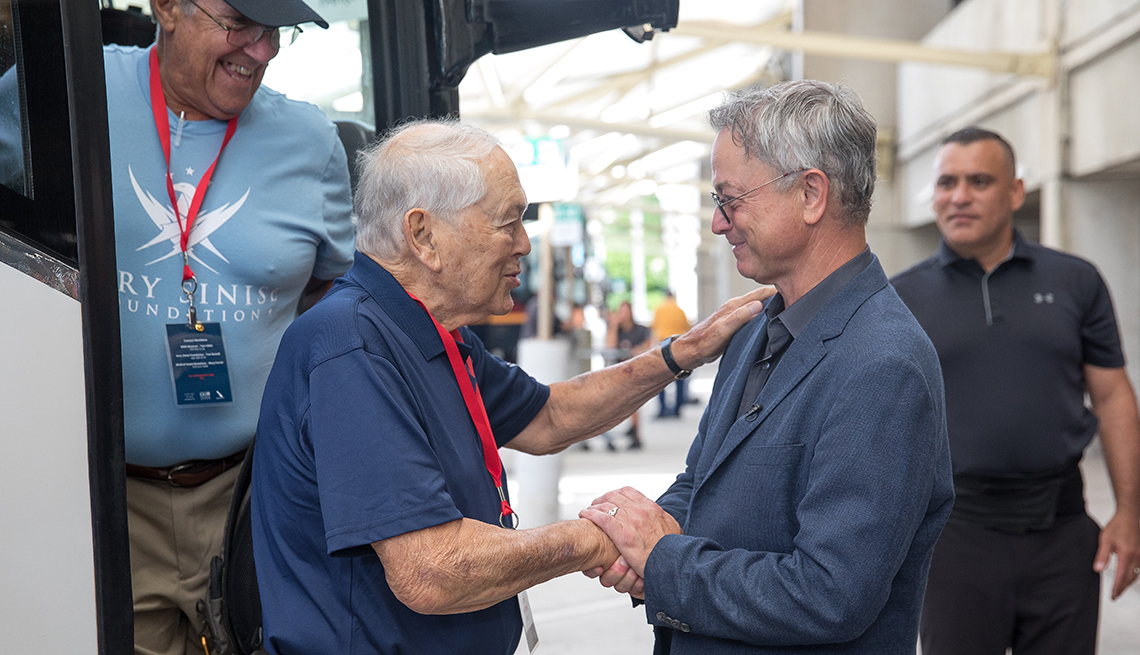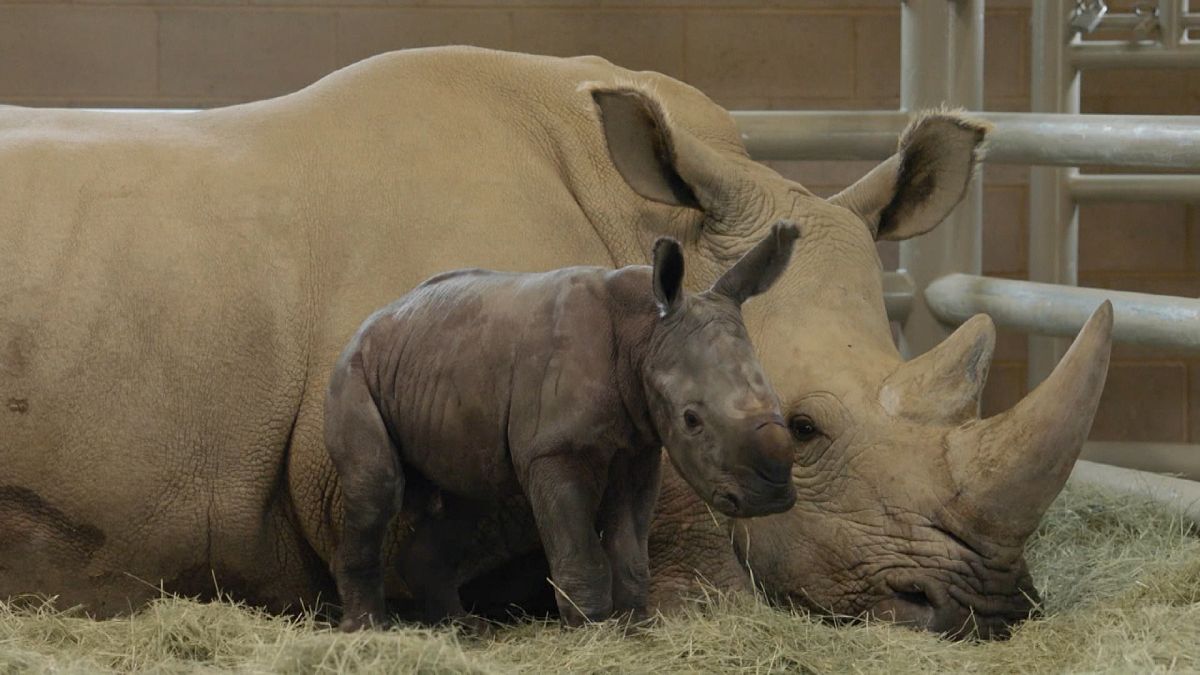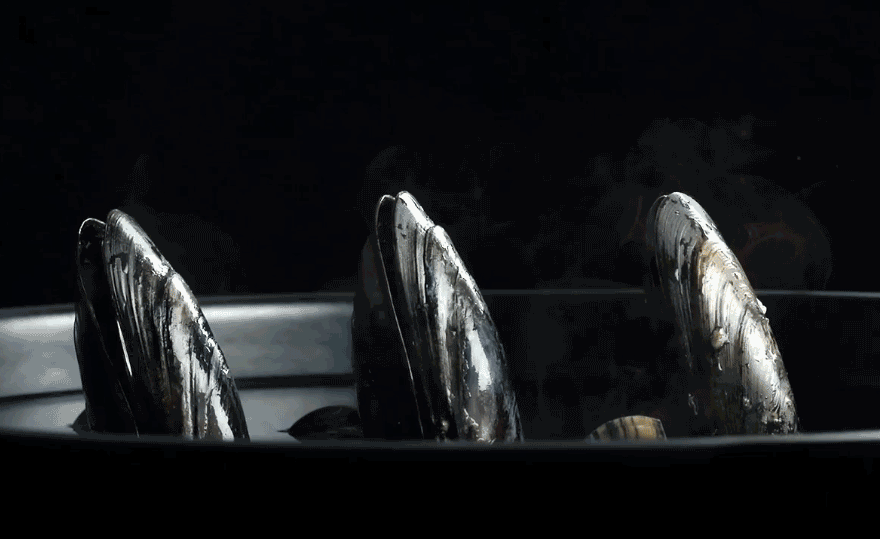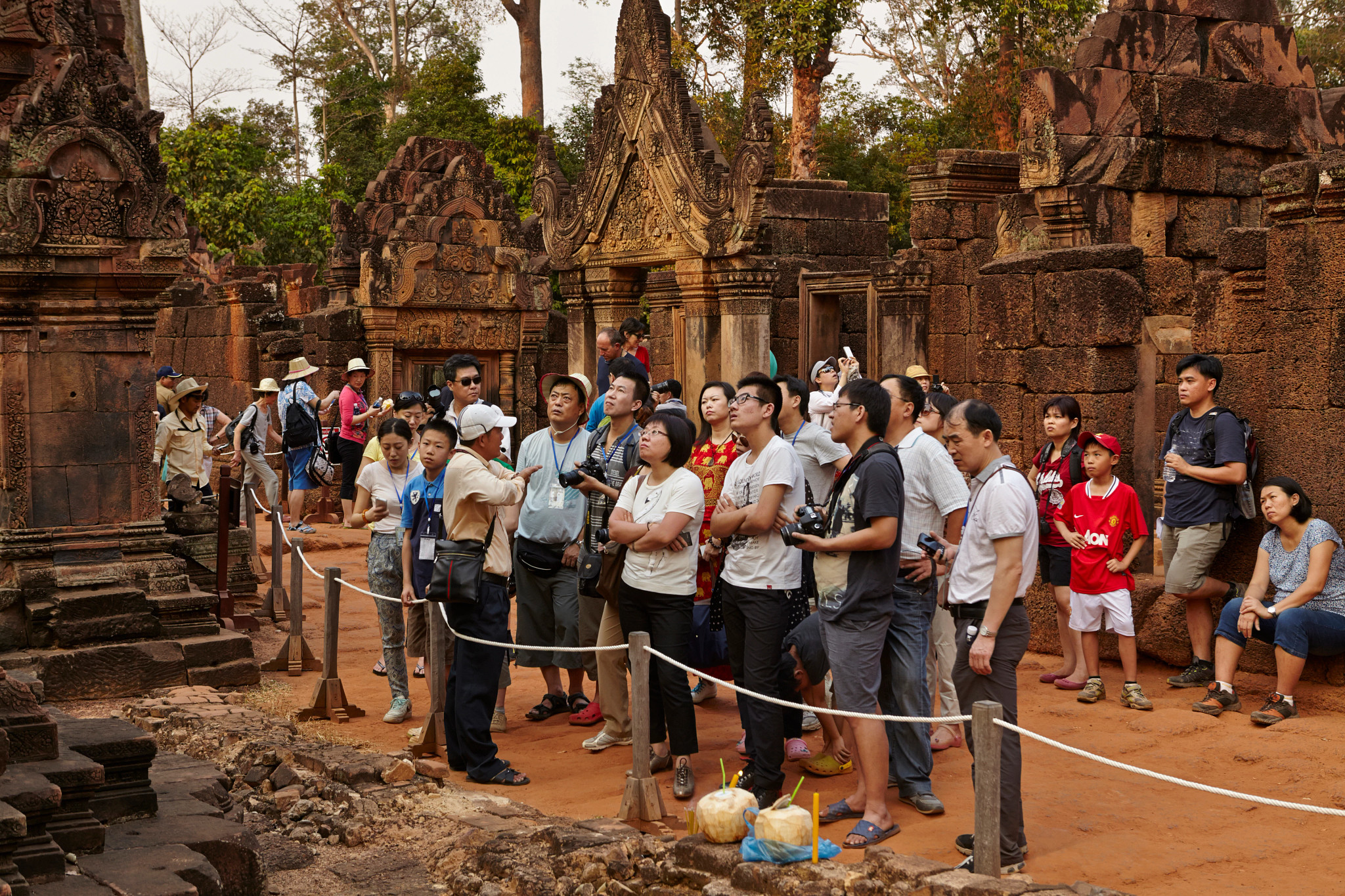
- Select a language for the TTS:
- UK English Female
- UK English Male
- US English Female
- US English Male
- Australian Female
- Australian Male
- Language selected: (auto detect) - EN
Play all audios:
In the 1940s, our World War II troops fought to save the world from tyranny. Thankfully, they succeeded. The United States and our Allies defeated the Axis powers of Germany, Italy and
Japan. More than 400,000 Americans gave their lives in the fight. Those who survived returned home to resume their family lives and help build this great country’s prosperity. The freedom we
enjoy today is thanks to their bravery and valor. They taught us the true meaning of patriotism, and we remain forever grateful for their sacrifices. Their numbers are quickly dwindling —
they leave us at an average rate of 294 a day — and we want to do everything we can for them while they are still with us. We are about to mark the 78th anniversary of V-J Day, the
effective end of World War II. Of the 16 million Americans who served in that conflict, just 167,000 were alive by last year. By next year, fewer than 60,000 of these brave veterans are
expected to still be with us. It is critically important that we teach new generations of Americans about members of this greatest generation — who they are, what they endured and what they
achieved. Our young people must understand the cost of the freedom they enjoy. I have great respect for our veterans. My grandfather Daniel served in the U.S. Army in France during World
War I. My father, Robert, the youngest brother of three, served in the Navy during the Korean War, and his two older brothers, my uncles, fought in WWII. Jerry Sinise served in the U.S.
Navy, part of the invasions of Iwo Jima and Okinawa, and was afloat in the Pacific when the Japanese surrendered in 1945. His older brother, Jack Sinise, was a navigator on B-17 bombers.
Though Jerry died in the mid-’90s, I had the great pleasure to spend much time with Uncle Jack, hearing stories about his 30 missions over Europe. In 2009, my friend Tom Hanks made me aware
of the National WWII Museum in New Orleans. He was involved and asked me to do the voice of war correspondent Ernie Pyle in _Beyond All Boundaries_, the film that plays in the theater there.
Uncle Jack made me realize that every veteran of WWII is a living library. He was a great inspiration for me, and I will never forget his stories. So, after getting to know the cofounder of
the museum, Nick Mueller, I arranged for the museum to record Uncle Jack on video. His story went into the museum archives. The year after Uncle Jack’s death in 2014, at age 90, I was
touched to be presented with a DVD of his recorded oral history. A seed had been planted in my mind, and in 2015, the Gary Sinise Foundation began its Soaring Valor program, partnering with
the National WWII Museum to record the unique stories of our greatest generation and share them with the world, and with American Airlines providing the travel support, we began bringing
hundreds of these heroes to see the museum. In 2017, we expanded the program by inviting high school students to join the experience. This educational opportunity gives young people the
incredible honor of learning about WWII directly from those who lived it.







.jpg?crop=true&anchor=5,182&q=80&color=ffffffff&u=2xkwh0&w=2028&h=1165)
